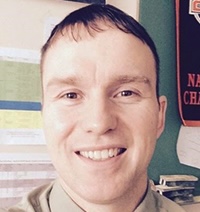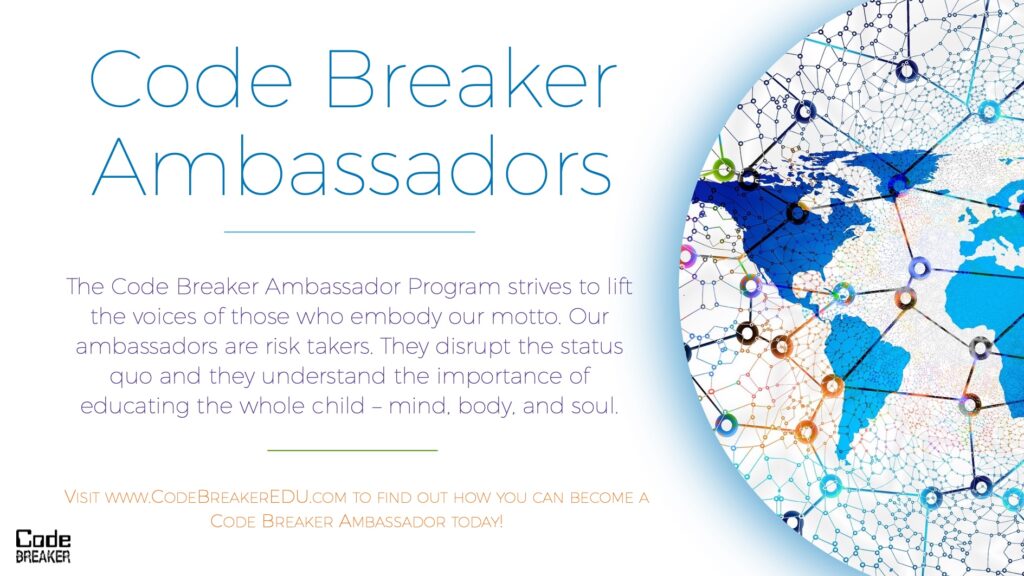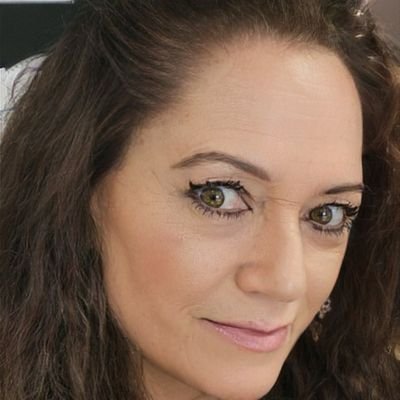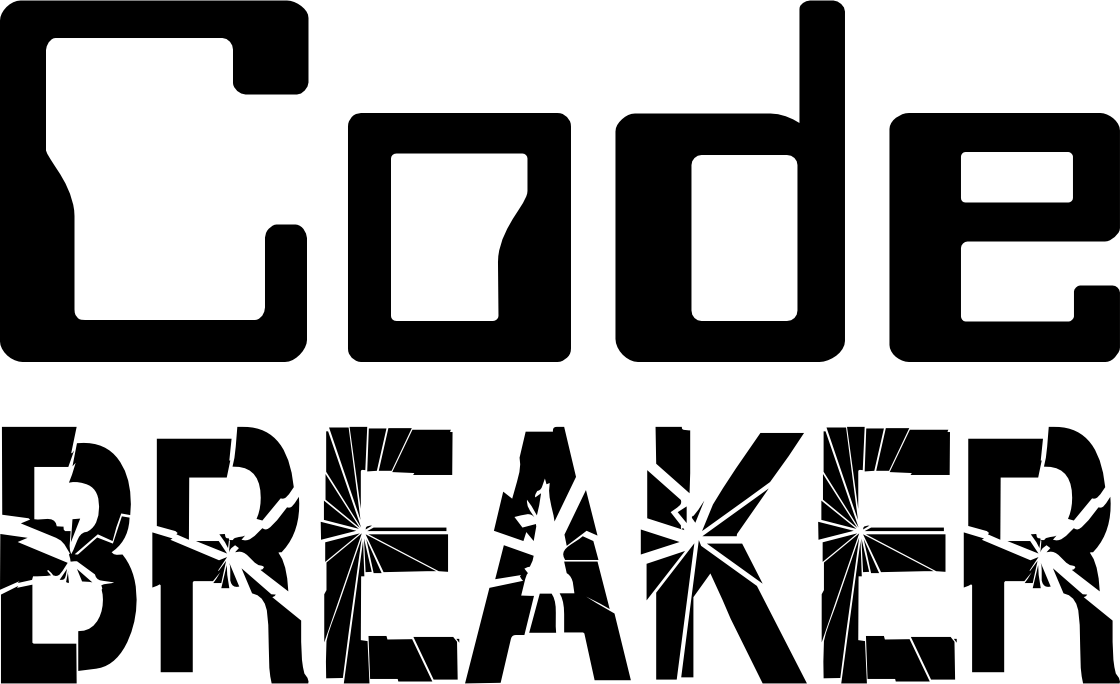Levelling the Playing Field and Inviting Creative Thought

“Iterate until success.”
Justin Wiedrick
Code Breaker Ambassador
Feeling locked into the public educational space that can seem to cover all types of learners with a blanket of expectations that do not promote creativity and reward students extrinsically, I decided to create my own version of an engineering creativity class for middle schoolers that gets outside of the testable environment. I have taught mathematics, mostly middle school in 4 different school districts in New York State. Students are tested in ways that are bland and generic regardless of creativity within instruction and/or discourse within mathematics and engineering. I have heard the call to create critical thinkers since I was in college in the 90s yet the public education setting does little to promote and often hinders progress. Some might even argue the system forces procedural thinking!
My approach is to use coding to foster creativity and logical sequencing in the attempt to resist the complacency of using a math textbook series! I promoted using Sphero robots, Scratch coding, Tello drones and other platforms to enable students the opportunity to engage in challenges that both levels the playing field and invites creativity of thought. After getting shot down by multiple administrators due to “ït doesn´t fit into the schedule” and “we need to focus on test scores” I decided to take a two pronged approach to disrupting the norm. I started an afterschool drone program that created tons of interest from students and parents, getting funding from the local Elks Lodge to purchase some equipment, along with gaining some credentials (achieving National Board and NYS Master Teacher standing). These two approaches along with persistently offering my plans to develop a STEAM program led to a five week course for sixth graders.
We started by block coding robots and drones through simple challenges of distance, ramps, hoops, and more. Students struggled through finding logic and sequencing in their coding while collaborating with their peers to complete their challenges. Taking our findings to school board meetings promoted our program to show that kids can learn and impress in ways other than by standardized test scores. When the world turned sideways in 2020 I had students and parents tell me that the only way they would come to school was to look forward to STEAM class! We were accomplishing more than what was planned from the start. Our program has grown to add a STEAM coordinator and a spacious STEAM lab with four offset rooms for different tasks. We offer semestered STEAM classes for kids 6-8 and a high school class. We won the world championship for the Sphero Global Challenge in 2023, took fifth place in 2022 and have multiple middle school teams competing in 2024. We are competing in the high school tech challenge for the first time and are developing a U.S. Drone Soccer team with eighth graders. We promote our program to schools within the region, to the board of education, and government officials and invite local engineering firms and police departments for drone flight purposes.
Within all the successes, I am still teaching sixth grade mathematics in the standardized testing world. My goals are to use the success of the STEAM program to give kids another avenue to pursue interests and careers using engaging challenges that give them feedback that is not a score, but iteration until success.
ABOUT THE AUTHOR

Justin is a totally Flipped Math/STEAM MS teacher, drone enthusiast and complacency RESISTOR! He is also a NYS Master Teacher, NBCT, Nearpod Certified Educator, SpheroHero, and 2022 #PAEMST finalist Connect with him through his socials.
Release the Grip of Teaching

Children are born to learn. Step back and allow them that right.
Donna McCance M.Ed.
Code Breaker Ambassador
Many times we learn by watching others. Operational learning happens when people model a behavior, and others learn by observing it.
Children are very impressionable, meaning they can be easily shaped and influenced. Watching others is how they learn to do most things. But as their brains develop, they reach a stage where they can analyze what’s going on by seeing consequences.
When I was five years old, my parents were teaching my older brother and sister how “not to slouch.” When we went to church, they sat in the pew in front of us. Every time they started to slouch, my parents would press on their backs. I was so terrified of that being done to me, I made sure I didn’t slouch like them. I learned “what to do” by watching “what not to do” because I didn’t want to be put on public display and poked in the back. I made a choice.
Many times children learn how to behave by watching their siblings go through consequences for their behaviors. They learn by example.
Operational learning is how I learned at a very early age to be the type of teacher I am. I learned “what to do” by learning “what not to do” through my experiences as a student, and my observations of other teachers.
You can’t do that.
You’re not ready yet.
You’re too young to learn.
That’s too hard for you.
That’s for the next grade.
Slow down.
Hurry up.
Stop talking.
Don’t.
Stop.
You made too many mistakes.
You’re not smart enough.
You failed.
You have a fresh mouth.
Don’t ask why.
Just do it.
Go stand in the corner.
These words and phrases all come to mind. I had a choice. Be that way, or break away. I vowed to never be that way.
To me, being a teacher means allowing students to be learners, while I learn along with them. I learn about them. They learn about me. We build relationships by making connections.
I don’t tell them who they are. I don’t tell them how they should be. I don’t tell them what their future holds for them. I give them space to be themselves. I give them time to figure me out. I show them who I am, and I allow them to develop trust.
What’s there to figure out that builds trust? The knowledge that I care most about them, not the curriculum. That I take an interest in them and their lives. I look them in the eyes and I show them respect. I ask them how they are with the intent of listening to their responses. I don’t judge them or boss them around. I allow them to talk about themselves. I don’t threaten them or lecture them.
I don’t make them “walk the line.” I don’t force them in a “box.” There are no lines or boxes.
What do I support? Free thinking. Do you ever hear the words “free thinking” anymore? Have you EVER heard those two words?
The concept is quite simple. Rather than being a restrictive, controlling teacher, I allow my students to think freely. Free thinking looks like this: think on their own; express themselves; ask their own questions; seek their own answers; investigate; explore; research; analyze; observe; document, experience failure; get dirty, and make mistakes.
I let them do their own learning, in the way that they learn best as individuals. The way people learn is not a one size fits all model, and teaching that way goes against diversity.
Children are born to learn. Step back and allow them that right. And when we do that, we will become learners alongside them. We will learn about them, and we will realized that we learn from them just as much, if not more.
ABOUT THE AUTHOR

Donna McCance M.Ed. is an educator, leader, mentor, author, school administrator, mental health advocate, fitness enthusiast and nature lover. Connect with her through her socials.
